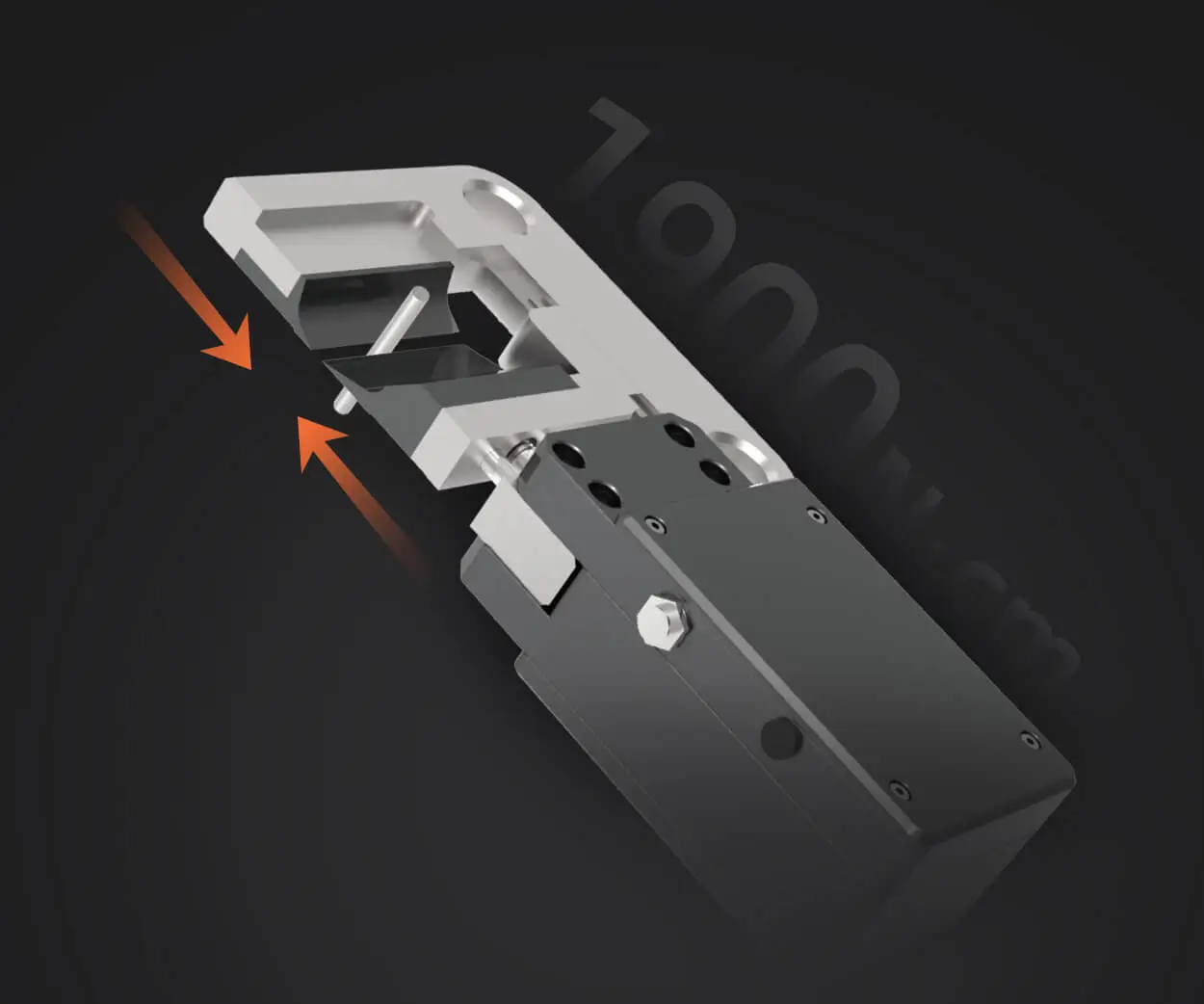Imagine this: you’re working on a tiny robot or maybe a drone, and you start thinking about how to make it move smoother, faster, more accurately. That’s where micro servo motors come into play, especially their dimensions—those little measurements are kind of the secret sauce to perfecting your project.

First off, size really matters here. Micro servo motors come in all shapes and sizes, but generally, they don’t stray far from the realm of compact. You’ve probably seen some as tiny as 20mm in width and height—think of a small cube, but don’t be fooled by their size; inside, they pack quite a punch. Others might be a bit larger, like 25mm or 30mm, offering a different balance of power and speed. The trick is matching the dimensions to your application's needs. If you’re designing a wearable device, every millimeter counts. For a miniature camera gimbal, you want something slim and lightweight, but still powerful enough to stabilize movements smoothly.
What about depth? It's not just about width and height. The thickness of the motor decides how it fits into your device. A 10mm depth might be perfect for tight spaces, whereas a slightly thicker version—say 12mm—could deliver more torque or hold better under load. Understanding these dimension details isn’t just technical nitpicking; it’s about crafting something that feels natural, that integrates seamlessly without adding unnecessary weight or bulk.
Now, how do these tiny differences in size impact performance? Well, smaller motors tend to have less torque, but they make up for it with quick response times and lower power consumption—perfect for battery-operated projects. Larger micro servos, with bigger dimensions, often provide more torque, which means they’re better suited when you need to lift things or handle loads with a bit more force. It’s a delicate dance—size versus strength, and knowing where your project falls on that spectrum makes all the difference.
Let’s talk about fitting these motors. Do you think a 20mm servo can handle a slightly heavier load? The answer often lies in the specs—looking at not just dimensions but also the torque ratings and rotational speed. A 25mm servo might have more power, but it might come with slightly more weight. It’s all about balance and what your project demands.
Ever wondered how to choose the right one? Think about your space constraints, the amount of power needed, and how precise you want the movements to be. Those tiny dimensions can sometimes be a game-changer. If you want your project to be sleek, swift, and efficient, matching the right size with the right specs is where it’s at.
In the end, micro servo motor dimensions are more than just numbers—they’re the blueprint for creating innovation that moves, literally. Whether that’s a clever robotics design or a tiny automaton, understanding those measurements unlocks possibilities that are both practical and inspiring.
Established in 2005, Kpower has been dedicated to a professional compact motion unit manufacturer, headquartered in Dongguan, Guangdong Province, China.




































